by Brandy Abalos
The world can be an unpredictable place, and natural disasters can strike at any moment. While we can’t always prevent these events, we can take steps to prepare ourselves and our families for them. Creating a safe haven in your home is essential for ensuring the safety and well-being of everyone during a disaster.
Assess Your Risks
The first step to creating a safe haven is to assess the risks that your area faces. Different regions are more prone to specific disasters, such as earthquakes, hurricanes, floods or wildfires. Knowing the potential hazards in your area will help you determine the necessary precautions and supplies.
To assess your risk of natural disasters, consider your location, local history, specific hazards, building codes and regulations, and online resources. All of these factors can play a part in how you will create a safe haven for yourself and your family if the worst happens.
Develop a Plan
Once you’ve identified the risks, it’s time to develop a comprehensive plan. This plan should include the following components:
- Evacuation Plan: If necessary, how will you evacuate your home? Determine escape routes and meeting points for your family.
- Shelter-in-Place Plan: If evacuating is not possible or safe, have a plan for sheltering in place. Identify a secure room or area in your home where you can stay safe.
- Communication Plan: Establish a plan for how you will communicate with family members and others if contact is lost. Designate a primary contact person and have backup plans in place.
- Supplies Kit: Prepare a well-stocked emergency kit with essential supplies like food, water, a first aid kit, flashlights, batteries and a radio.
Prepare Your Home
There are several steps you can take to make your home more resilient to disasters:
- Secure Your Home: Reinforce your roof, walls and windows to withstand strong winds or debris. Secure heavy furniture and appliances to prevent them from falling.
- Upgrade Your Plumbing and Electrical Systems: Ensure your plumbing and electrical systems are in good condition and have surge protectors installed.
- Stockpile Supplies: Keep a well-stocked pantry and refrigerator with non-perishable food and water. Have a supply of essential medicines and toiletries on hand.
- Create a Safe Room: Identify a room in your home that can be used as a safe haven during a disaster. This room should be located on the ground floor and have sturdy walls and a strong door.
Practice Your Plan
By practicing your disaster plan, you will boost familiarity. Regular practice helps everyone in your household become familiar with the plan, reducing confusion and anxiety during an actual emergency.
You can also identify gaps. Practice can highlight any shortcomings or areas where the plan needs improvement. This allows you to make necessary adjustments before a disaster strikes.
Practicing ensures that everyone understands their roles and responsibilities, promoting effective coordination during a crisis. Regular practice can boost confidence in your ability to handle a disaster, which can be especially important during stressful situations.
Practicing a disaster plan can help you mentally prepare for emergencies, making it easier to stay calm and focused when faced with unexpected challenges. By practicing your disaster plan regularly, you can increase your family’s preparedness and improve your chances of successfully navigating a crisis.
Stay Informed
Stay informed about the latest weather conditions and disaster warnings in your area. Subscribe to alerts from local emergency agencies and have a reliable source of news. Staying informed before and during a natural disaster is important for your safety and well-being.
Here are some effective ways to stay updated:
- Local and National Weather Services: These agencies provide real-time weather updates, forecasts and warnings.
- Emergency Alert Systems: Sign up for emergency alerts from your local government, which can include text messages, phone calls or emails.
- Local News Outlets: Follow local news stations, newspapers and radio stations for updates.
- Social Media: Many government agencies and news organizations use social media to disseminate information quick
- Disaster Preparedness Apps: Download apps like FEMA’s Ready.gov or the Red Cross Emergency App for information and resources.
- Follow Official Sources: Continue to rely on official sources like government agencies and news outlets for accurate and up-to-date information.
- Be Cautious of Scams: Watch out for scams and fraudulent information that may circulate during disasters.
- Conserve Battery Power: Use your phone sparingly to conserve battery life for emergencies.
- Tune into Emergency Broadcasts: Listen to local radio or television stations for emergency broadcasts.
By staying informed, you can make smart decisions and take appropriate actions to protect yourself and your loved ones during a natural disaster.
Be Prepared for a Disaster with a Safe Haven
Creating a safe haven in your home is an important step in preparing for disasters. By taking the necessary precautions and practicing your plan, you can help to ensure the safety and well-being of your family during any emergency.



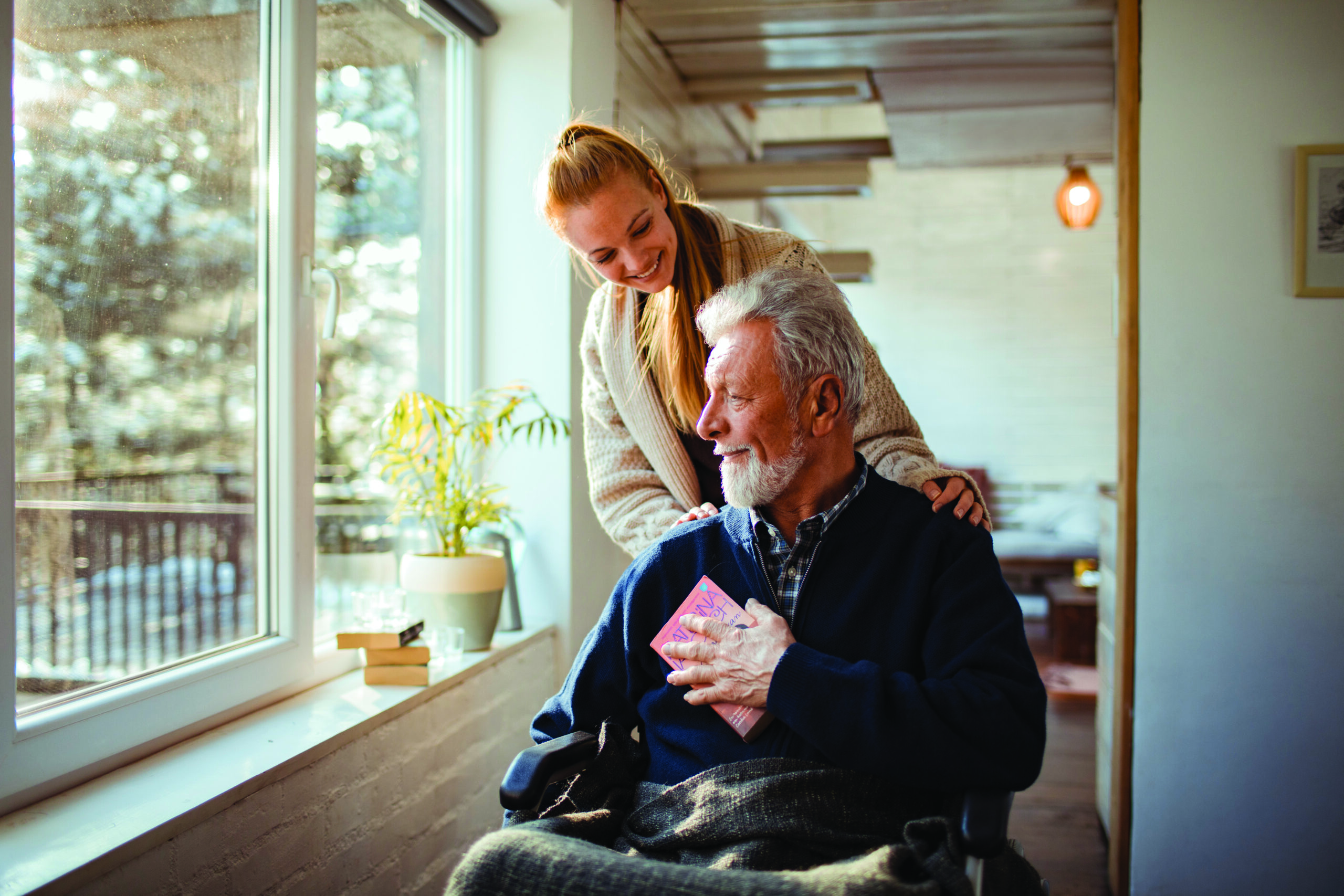
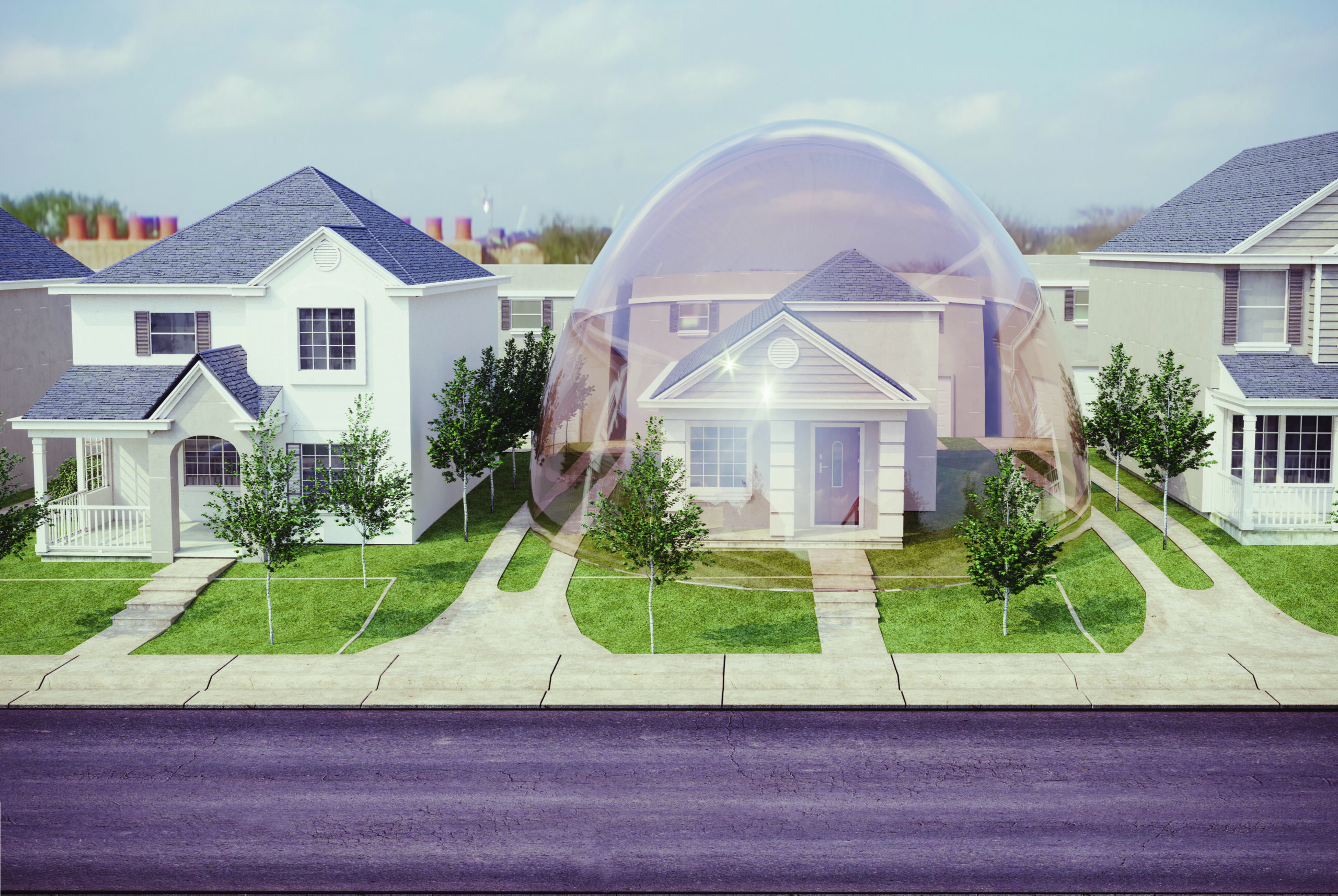
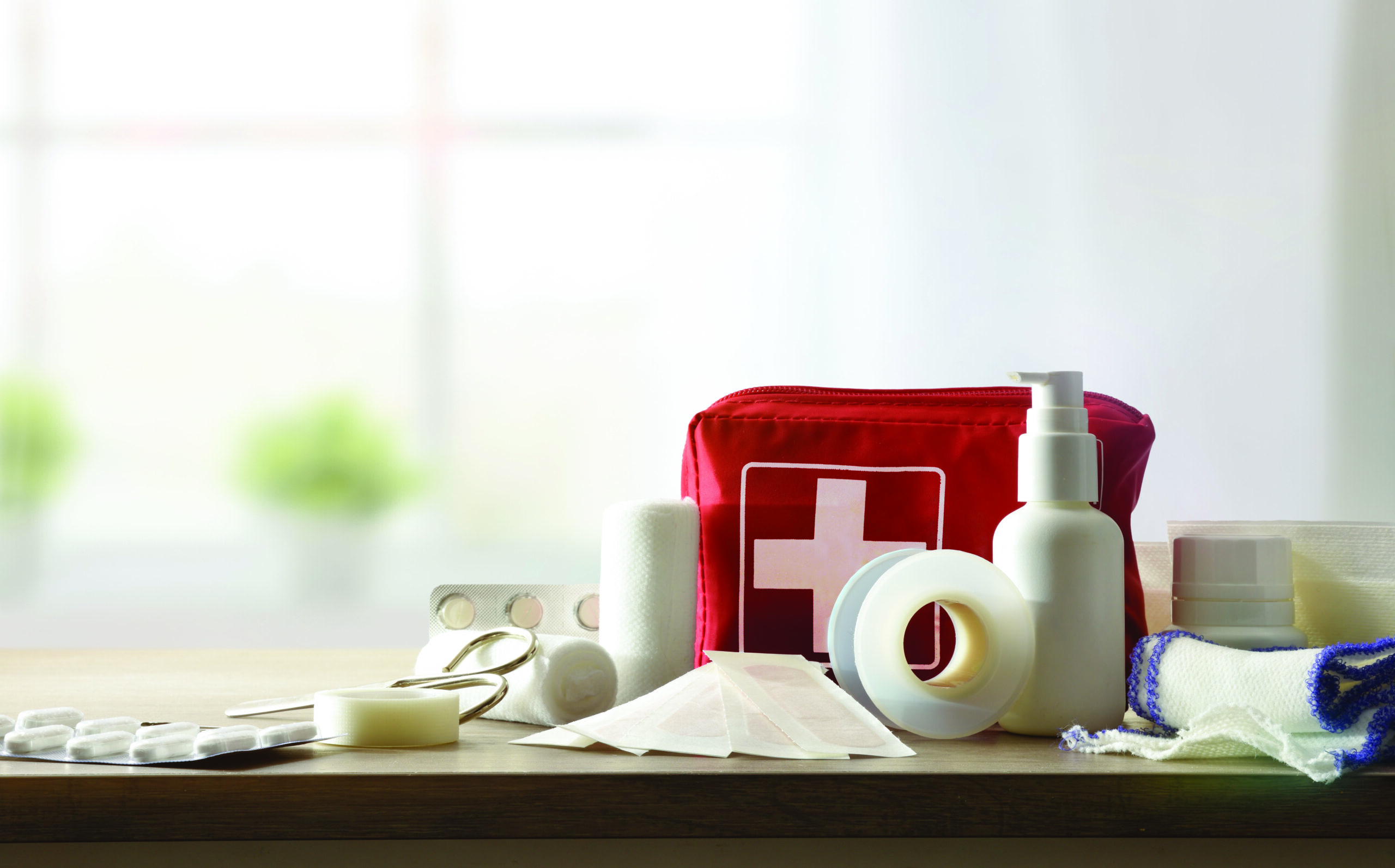
Leave A Comment